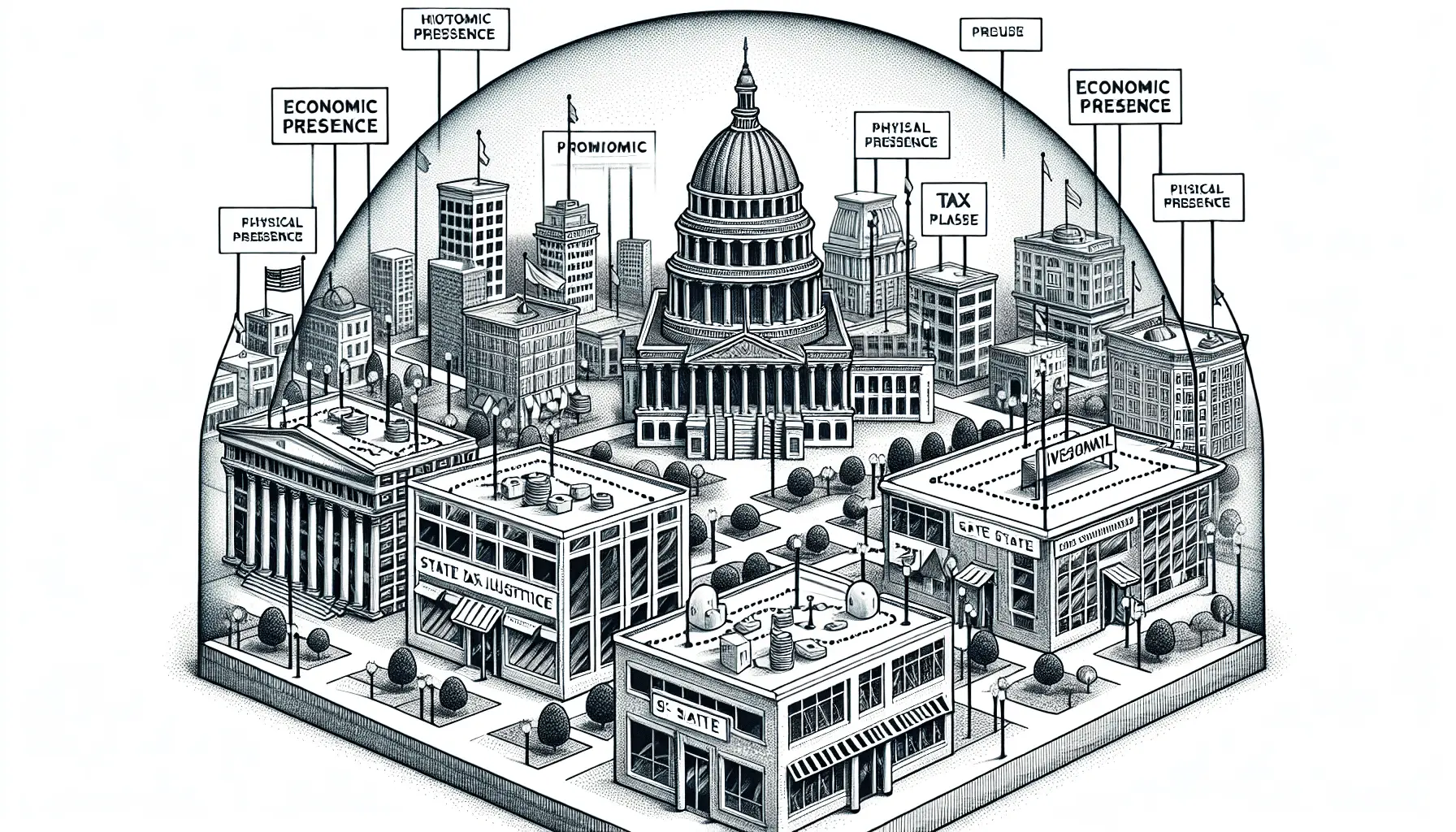As UK vendors expand their businesses across borders, understanding the nuances of international tax systems becomes increasingly vital. Two significant tax systems that often cause confusion are the U.S. Sales Tax and the UK Value Added Tax (VAT). These systems, though both designed to generate government revenue, operate under different principles and can significantly impact how vendors manage their pricing, invoicing, and compliance. This guide aims to demystify these two tax systems to help UK vendors navigate the complexities of U.S. Sales Tax and better understand how it contrasts with UK VAT.
Understanding U.S. Sales Tax: A Crucial Primer for UK Vendors
The U.S. Sales Tax is a state-level tax imposed on the sale of goods and some services. Unlike the UK VAT, which is a federal tax, the Sales Tax in the United States varies significantly from state to state. Currently, 45 states, along with the District of Columbia, impose a Sales Tax. Each state has its own tax rate, definitions of taxable goods and services, and rules for tax exemptions. This decentralized system means that a product subject to Sales Tax in one state might not be taxed in another, complicating tax compliance for UK vendors shipping to multiple states.
For UK vendors, understanding nexus—the connection that obligates a business to collect Sales Tax in a state—is crucial. Nexus can be established through various means such as having a physical presence, employees, or even significant sales within the state. The 2018 Supreme Court decision in South Dakota v. Wayfair, Inc. has broadened the criteria for establishing nexus, making it essential for vendors to stay updated on state-specific regulations. Failure to comply with these rules can result in hefty penalties and back taxes.
Another important aspect is the collection and remittance of Sales Tax. Unlike VAT, where the tax is collected at each stage of production and distribution, Sales Tax is typically collected only at the point of sale to the end consumer. This means that UK vendors need to ensure their pricing strategies account for the tax that will be added at checkout. Integrated tax software can be invaluable in handling the complexities of calculating and remitting Sales Tax in multiple states.
VAT vs. Sales Tax: Key Differences Every Vendor Should Know
While both VAT and Sales Tax serve the purpose of generating government revenue, they do so in fundamentally different ways. The VAT system is a multi-stage tax collected at various points in the supply chain. Each business in the chain adds VAT to its sales and can reclaim the VAT it has paid on its purchases. This creates a system where the consumer ultimately bears the tax burden, but it is administered through the entire supply chain. In contrast, Sales Tax is a single-stage tax collected only at the final sale to the consumer, making it simpler in some respects but also less integrated into the business process.
Another critical difference lies in the tax rates and exemptions. In the UK, VAT is standardized with specific rates (20% standard rate, 5% reduced rate, and 0% for zero-rated goods) and clear rules on exemptions. This uniformity helps vendors predict and manage their tax liabilities. On the other hand, U.S. Sales Tax rates and exemptions can vary widely—not only between states but also between counties and cities within a state. This patchwork of rates and rules requires vendors to be vigilant and often necessitates the use of specialized tax compliance software.
Moreover, the administrative burden differs significantly between the two systems. VAT requires vendors to file periodic returns, detailing both the VAT collected on sales and the VAT paid on purchases, allowing for input tax credits. This can be a complex process but provides a mechanism to reclaim VAT, reducing overall tax liability. Sales Tax, however, focuses on the end transaction with less frequent filing but requires vendors to track and comply with diverse state and local tax laws. This difference in administration can impact how UK vendors plan their accounting and tax compliance strategies when operating in the U.S.
Navigating the complexities of U.S. Sales Tax and understanding its key differences from the UK VAT is essential for UK vendors aiming to expand their market presence across the Atlantic. By grasping the principles of each system, recognizing the importance of nexus, and leveraging technology for compliance, vendors can mitigate risks and enhance their operational efficiency. While the journey may seem daunting, equipped with the right knowledge and tools, UK vendors can successfully manage their cross-border tax obligations and thrive in the dynamic U.S. market.

